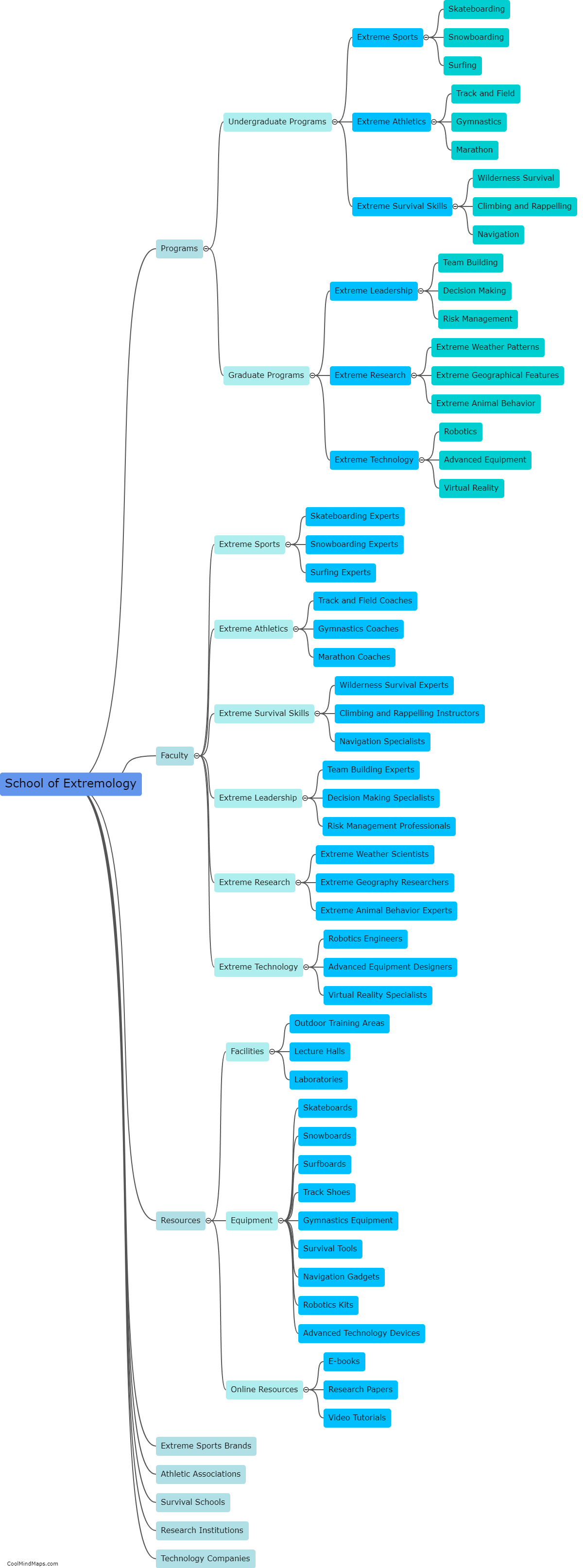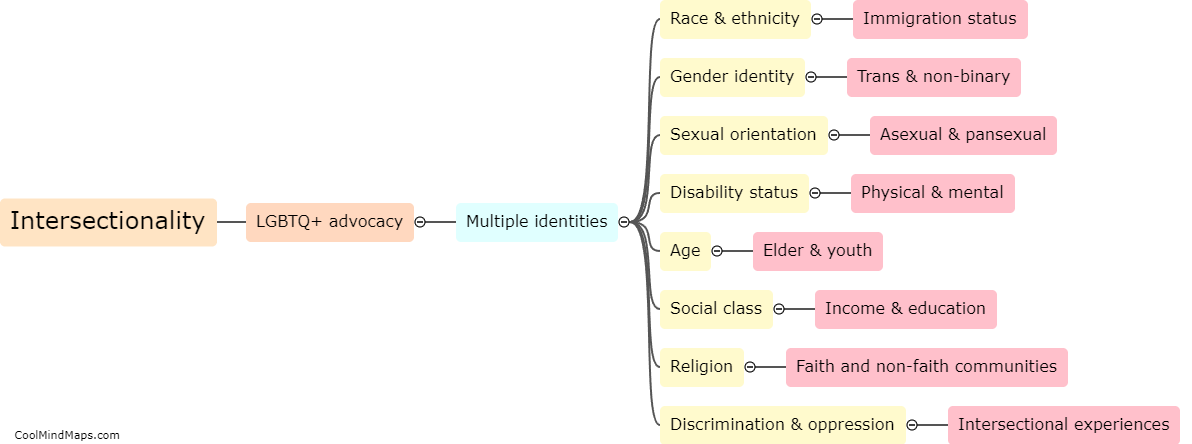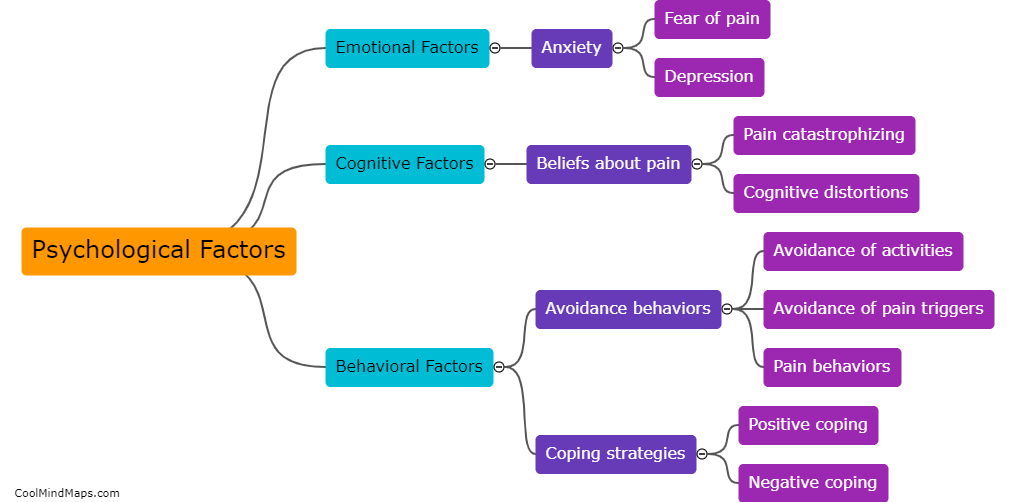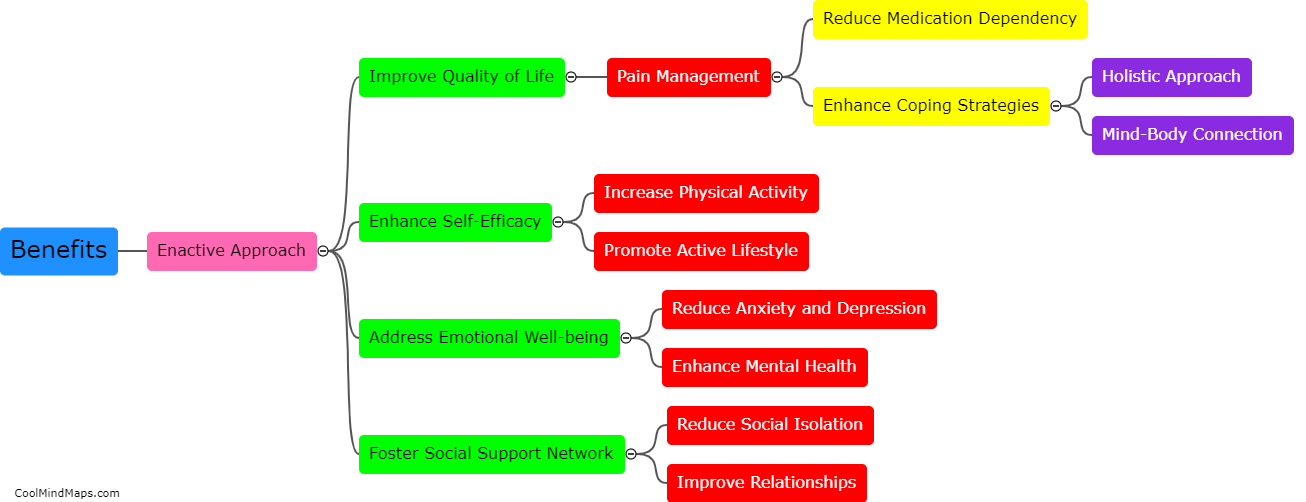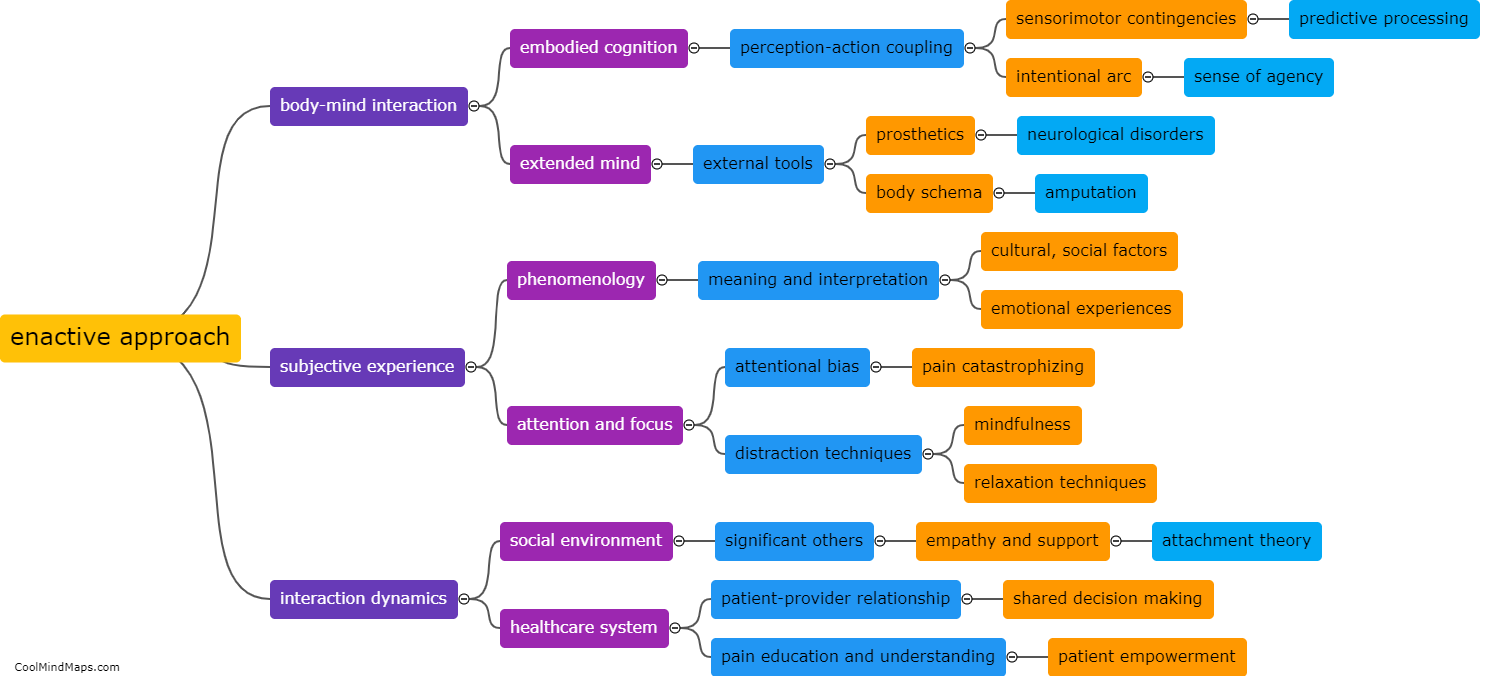What is the enactive approach to chronic pain?
The enactive approach to chronic pain is a theoretical framework that emphasizes the active and embodied nature of pain perception. According to this perspective, chronic pain is not solely a result of tissue damage or neurological processes, but rather an ongoing interaction between the person, their environment, and their personal history. The enactive approach suggests that pain emerges through the dynamic and situated interactions between the individual's sensory experiences, cognitive processes, emotions, and social context. It highlights the importance of understanding pain as a complex and multifaceted phenomenon that involves not only biological factors but also psychological, social, and environmental aspects. This approach has significant implications for the assessment, treatment, and management of chronic pain, as it advocates for a comprehensive and personalized approach that considers the broader context in which pain is experienced.

This mind map was published on 2 December 2023 and has been viewed 80 times.

